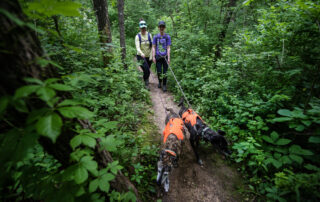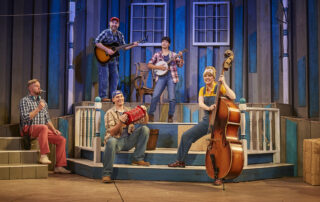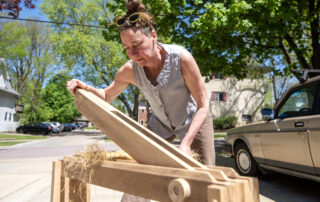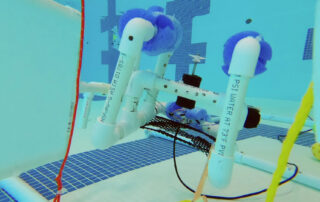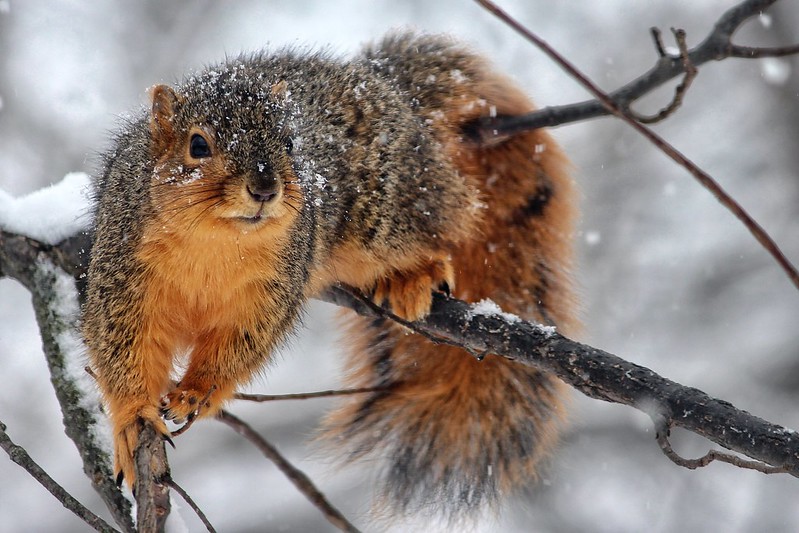The distinctive growl of a turbine-powered airplane can be heard over a crop field in Waupun. Suddenly a shiny yellow plane swoops down over the alfalfa dropping cover crop seeds to prevent soil erosion. The plane hovers with its wheels just five feet over the ground until it pulls up and circles around for another path.
“I don’t view it as dangerous,” says pilot Damon Reabe, co-owner of Dairyland Aviation and Reabe Spraying Service. “Every pilot that flies an aircraft has to know how to land. And knowing how high your wheels are above the ground is just part of flying.”
Reabe comes by flying naturally. His grandfather, Roy Reabe, was a transport pilot in WWII. After the war, Roy started a crop-dusting business in Waupun. Damon’s father, and uncles carried on that tradition. And on his 16th birthday, when Damon “soloed out” (flew by himself for the first time), his grandfather was there for the achievement.
“Grandpa took me downtown for some pie,” recalls Reabe. “And he says, ‘I just want you to know, this will be a day you’ll never forget.’ and he was right.”
Crop dusting is an industry that began in the 1920s. Over the course of nearly a century, the technology and safety of the industry has improved immensely. So much so, that the term “crop dusting” is a misnomer.
“In the mid-’60s, pesticides were reformulated into liquid form,” says Reabe. “So, we are known as crop dusters, but we are aerial applicators.”
Farmers use aerial application when the timing of the application of a crop-protecting product, fertilizer or seed is critical. Pilots like Reabe can treat large areas in very short periods of time. “That’s the big advantage that aerial application brings to agriculture.”
And even though the hours can be very long, it’s a vocation that Reabe loves.
“It requires all of your attention, and all of your mental processes to fly, particularly to be an aerial applicator. I’m in a place where all of my thoughts are focused on doing the job, and when that happens, everything else goes away. And it’s like disappearing to an oasis. It’s just a wonderful feeling.”

